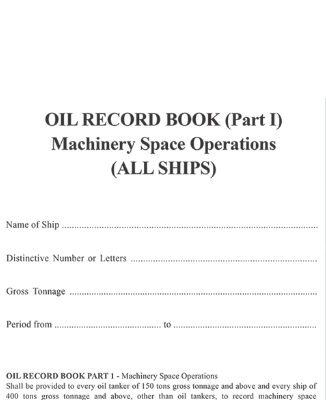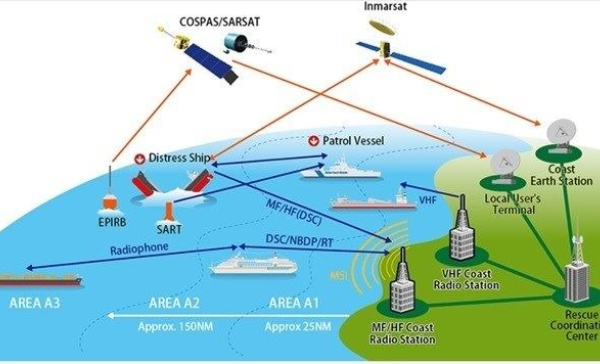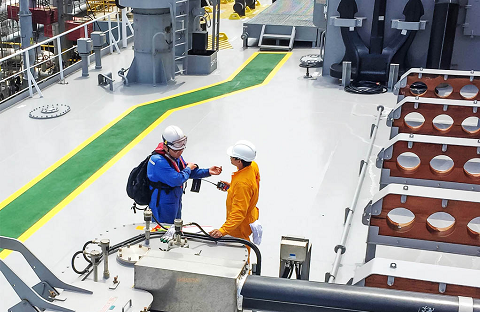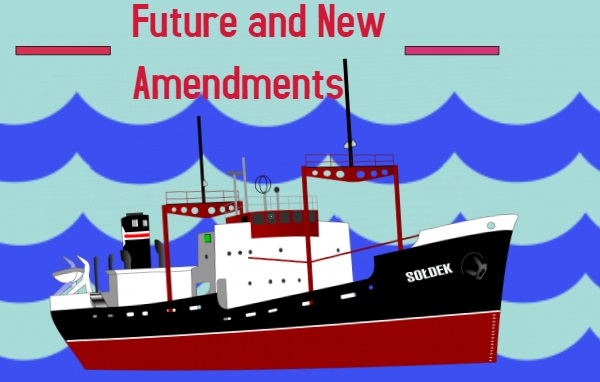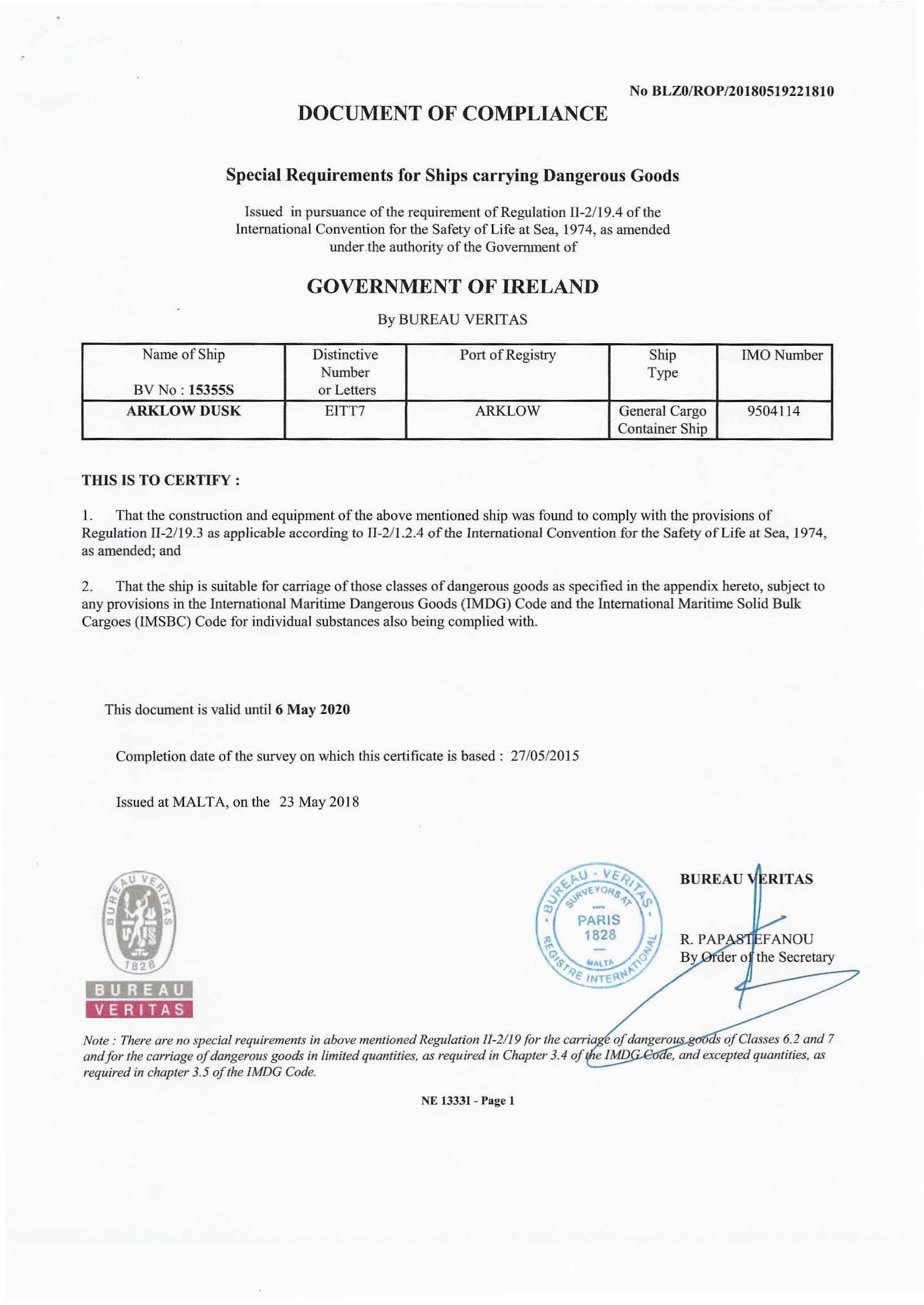Traffic Separation Schemes and COLREG
Traffic Separation Schemes ; Avoidance of Collisions Relatively few collisions occur in the open sea. The majority occur in coastal waters, in the approaches to ports, and within ports themselves. This is to be expected given that the risk of collision increases in relation to

